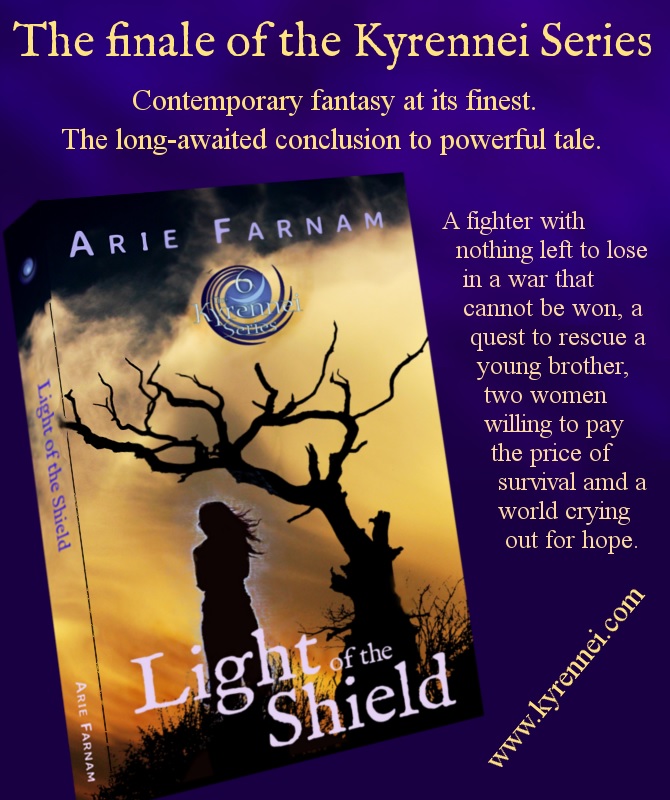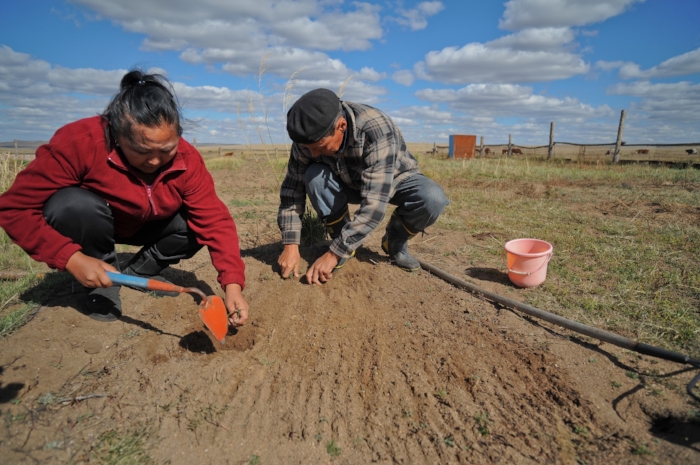The death of plastic
/On Monday nights, I have to turn the porch light on, because a man from a local farm drives up sometime between 8 and 9 pm to drop off our milk and yogurt in pretty glass jars with white lids.
The glass jars are just like the ones I remember from a first-grade early reader I had as a kid—tall, skinny jars with no handle that taper even further toward the lid. I remember reading the little photocopied booklet as a little girl in a cabin in Oregon after churning butter from the cream skimmed fresh milk from our cow. i remember thinking how far people must have come, what wonderful progress it was that we had plastic milk jugs.
Creative Commons image by Quinn Dombrowski
Seriously, I remember that. Well, I’m not sure if I read the book directly after churning the butter. I did churn butter in an old glass and metal crank churn. And I did have the book and I did notice those pictures of old glass milk bottles that the family in the story had delivered to their doorstep. To me at the time, in the early 1980s, it seemed so quaint and old-fashioned, regardless of the fact that my family still owned our own milk cow at the time. It was the idea that there had once been a world without plastic that struck me.
Our plastic milk jugs at the time were big, white gallon containers with small lids and sturdy hollow handles, which filled with liquid just like the rest of the jug. My family had them, even though we had our own cow. We didn’t use them for milk, even though they were called “milk jugs.” Instead we used them for hauling water.
My dad was a builder and both of my parents worked on tree planting contracts some summers. We would live out in the woods in tents and the kids would run around in a scraggly-haired. unwashed pack. Sometimes we could be persuaded to help the adults by carrying water in the “milk jugs”. to slake the thirst of seedlings and tree planters alike.
i never questioned the term “milk jug”. any more than I questioned the term “butterfly”. or the fact that milk jugs were filled with water in my little child’s world. Or I didn’t until the day that Pa left paint thinner out in an unmarked plastic milk jug and my baby brother cried that he was thirsty. I held it up for him like a good big sister and he gulped it down. (He survived but that was our big childhood trip to the emergency room.)
Another major marker of my childhood was returning cans and bottles to stores for a few pennies. That was our main source of funds as children and mostly the only way we got the teeth-rotting, brightly colored candy that Mama avoided. It was a time when that kind of recycling was slightly profitable and although disposable culture was revving up, it wasn’t all-pervasive yet.
In my childhood, food was stored in the refrigerator in glass jars and Tupperware was eventually a major revelation. Dishtowels and tinfoil were more common in the kitchen than plastic wrap, we washed plastic picnic utensils and reused them. Mama’s giant mixing and salad bowls were ceramic and weighed a ton to a child. Later we had plastic containers but that was only because we no longer had a cow and yogurt came in them. We washed the containers out and stored them in a bin.
Plastic was at the time mainly reserved for children’s toys. I had plastic dolls, legos and G.I. Joe figures. Even our clothes were mostly cotton. When you look back at photos of the 1980s and think how absurd we all looked in those clothes, spare a moment to consider difference made by synthetic fibers.
Since then the world has gone vastly plastic. Our ever-present electronics are incased in the stuff. Our clothes, kitchen utensils and appliances, much of our cars and furniture, not to mention all the packaging is some form of plastic. Recent campaigns against single-use plastic have alerted some people to the environmental costs of all this plastic, which is manufactured—when you get right down to it—from crude oil.
For the past twenty years, plastic has become synonymous with poverty and mass production. Wealthy people are able to avoid it for their own aesthetic reasons, and partly just because of the status of having a choice when most people don’t.
But finally the tide seems to be turning back. The glass milk bottles on my porch are just the tip of the iceberg. It is now rare to find stores that load customers down with free plastic shopping bags where I live. I recently went to a pharmacy and came out with a bag that felt strangely silky to my hand. Letters on the side touted the fact that it was made of a hemp-based compound that looks like plastic but decomposes within a few days.
It may well be that someday history books will mention a 50-year Plastic Era between about 1970 and 2020 when plastic was everywhere. It meant that objects could be had for a tiny fraction of what they once cost. People in the future will likely marvel at how people in the Plastic Era could have used and thrown away so much plastic without even considering what would happen to it or where it came from.
While I feel sweet relief while washing out my glass milk bottles for the farmer, people in the future will likely do it with the same humdrum necessity as putting dirty clothes in the laundry. I look forward to a world with more glass jars, hemp bags, covered baking dishes and wooden toys. But I do hope we don’t use up resources so drastically that plastics that cannot be replaced with other materials, such as medical devices and some synthetic fibers, will disappear as well.


















